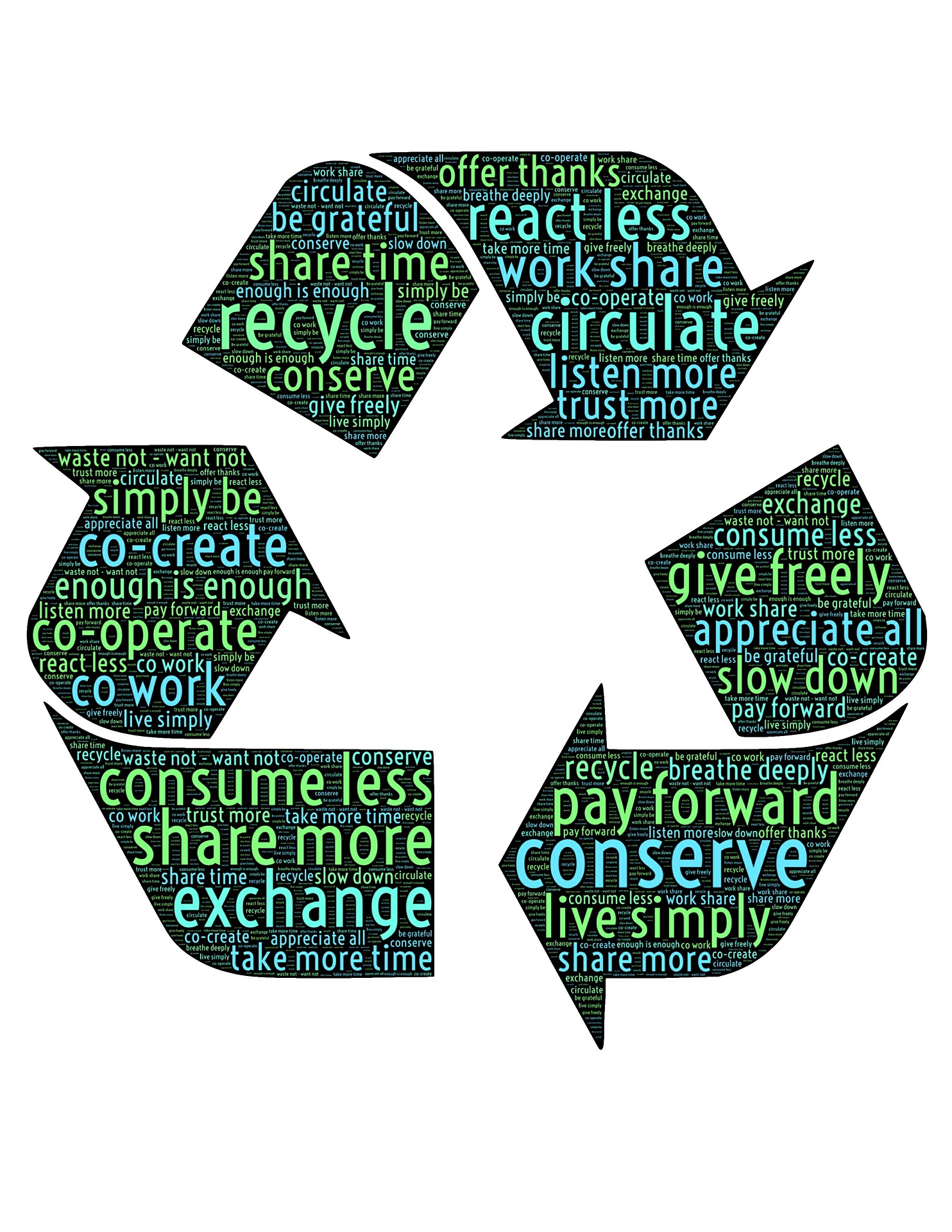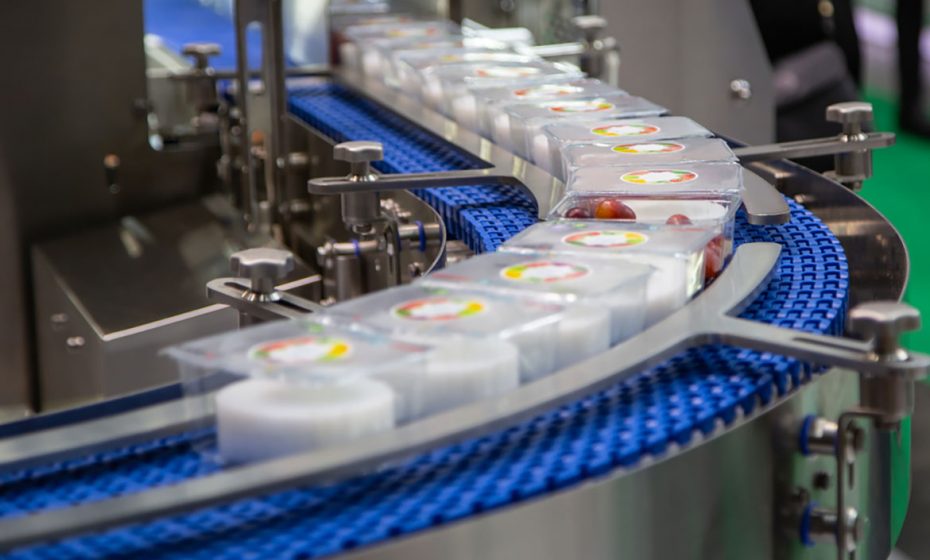
If you’ve recently decided that it’s time your company finally made the switch to sustainable packaging, then you should be congratulated on a wise decision. Not only are sustainable shipping and storage containers absolutely the way to go when it comes to doing cleaner, greener business, but you’ll be saving lots of money in the long run as well.
However, deciding it’s time to go sustainable is easy. Actually settling on a decision that your company can grow with into the future requires a little more forethought. Here are some points to consider, the better to make sure you’re happy with your decision for many years to come.
- Reusable storage and shipping containers are far from one-size-fits-all.
Sustainable packaging covers more ground than just the cargo shipping containers you might already be familiar with. In actuality, there are as many different kinds of reusable containers as there are types of businesses out there. Collectively, they can be put to absolutely any use you can imagine.
Outfit your stockroom with handy wire baskets, reusable crates, and stackable totes to keep merchandise protected and organized. Add wooden or metal pallets to your collection of warehouse equipment to make storing and moving large shipments simple. Organize your office space with specialized bins and office totes. Even handle difficult or specialized merchandise with the help of insulated containers, bulk storage bags, and more.
- You can buy secondhand reusable containers and save.
Many business owners that are new to the world of reusable containment options are concerned with making the best decision from an economic standpoint. Any reusable container solution will save you money over time in comparison with the recurring costs of disposable packaging. However, there are still ways to make sure you’re getting the best deal possible.
Consider purchasing the containers you need on a secondhand basis. Reusable containers are made of ultra-durable materials like industrial plastic, wood, steel, and so forth. This means that secondhand options are often just as reliable as brand new options, but are available at a much lower price.
- You can resell old containers that you no longer need.
Speaking of secondhand reusable containers, you should be aware of one other way going reusable can save you money. Let’s say that you make an initial investment in a particular type of container, but later on down the line, your company decides a different option is a better fit. What do you do with the old containers that have served you so well?
You can sell the containers you no longer need to a company like Container Exchanger. Container Exchanger not only sells new and used industrial containers, but buys them and refurbishes them as well. The containers are then marketed and sold to interested buyers on your behalf. No hassle, no headaches, and no stress! Just a great return on your initial investment in sustainability.
- You can use your new containment choice as a selling point.
When most business owners think of the benefits that might come with sustainable packaging, they think of how great it will be for the environment. They think of the money they’ll save and of how awesome it will be to finally get that stockroom organized properly. What they don’t think of (but should) is how attractive such a choice can be in the eyes of their customers.
More and more individuals and businesses alike are becoming increasingly responsible when choosing companies to buy from. They enjoy knowing that they’re supporting businesses that care about the environment and about preserving the planet for future generations. Plus, environmentally conscious businesses are thought of as more honest, more customer service-oriented, and more reliable, over all.
Consider letting your customers know that you’re now an environmentally conscious company. Ask those that receive shipments to return containers when they get their next shipments. People love feeling like they’re actively helping to do something good for the planet. If they can do that while enjoying a terrific product or service as well, so much the better!
The Best Container Options Available
Of course, your choice in container dealers is incredibly important as well. When you choose to trust ContainerExchanger.com with all of your needs, you’re choosing a company with years of experience, unparalleled expertise, and thousands of satisfied customers to its credit.
You’re entering into a partnership with industry aces that can’t just supply you with economical, reliable containers of all types, but can resell them for you as well. Let us help you find your perfect container solution today!
